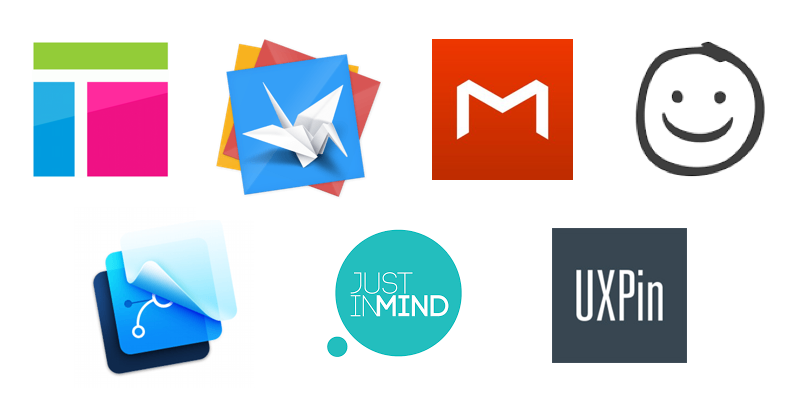

Perhaps one of the most valuable features for UI designers is the User Interface library -you can choose from a range of different UI elements and just drag and drop them onto the wireframe.
Available as a desktop or Cloud app, it markets itself as the perfect “in-between” tool for designers, product managers and developers. When it comes to rapid wireframing, Balsamiq is a much-loved tool within the design industry. For smooth collaboration, you can also integrate Zeplin with Slack channels and add notes for the developers directly in the platform.
#Flinto examples code#
For frontend developers, it reduces the time and effort needed to convert your designs by generating platform-related code snippets. All you need to do is upload your designs, and Zeplin will automatically generate specs and guidelines accordingly. ZeplinĪs a UI designer, it’s essential that you’re able to communicate your designs to the development team -and Zeplin has been built to facilitate this. This is one of the most well-known tools in the industry, so it’s definitely worth using. They’re always adding new features, such as this Craft Prototype for seamless crossover between Sketch and InVision, and sign-up is free. It’s also great for collaboration, as clients and other team members can comment directly on your designs, and you can share your ideas across the team using Boards. You can upload static design files and quickly turn them into high-fidelity, interactive prototypes. InVision is a web-based prototyping tool popular with both UX and UI designers alike.
#Flinto examples full#
For the full course, you can sign up here for free, or subscribe to the CareerFoundry YouTube channel.
#Flinto examples how to#
And if you’re itching to get designing already, check out the free tutorial below in which UI design mentor Elizé demonstrates how to design your first app screen with Adobe XD. Over time, you’ll discover which ones are most effective for you -but to get you started, we’ve devised a list of some of the most popular in the industry. If you’re making the move into UI design, you need to be familiar with the tools of the trade. In terms of day to day work, this involves everything from designing buttons to choosing colours and fonts, to prototyping and carrying out usability testing. This is all decided by the UI designer: they take the UX designer’s blueprint and turn it into something visual and interactive. UI design is all about how the user interacts with an interface: how do they get from one screen to another? What visual touch points do they encounter? Throughout the workflow, you’ll need various programs and platforms to achieve your goals -whether it’s communicating efficiently with your team or creating animations.īefore we look at the UI toolset, let’s recap on what it is that UI designers actually do. When starting out as a UI designer, a large part of the learning curve is getting to grips with industry tools.


 0 kommentar(er)
0 kommentar(er)
